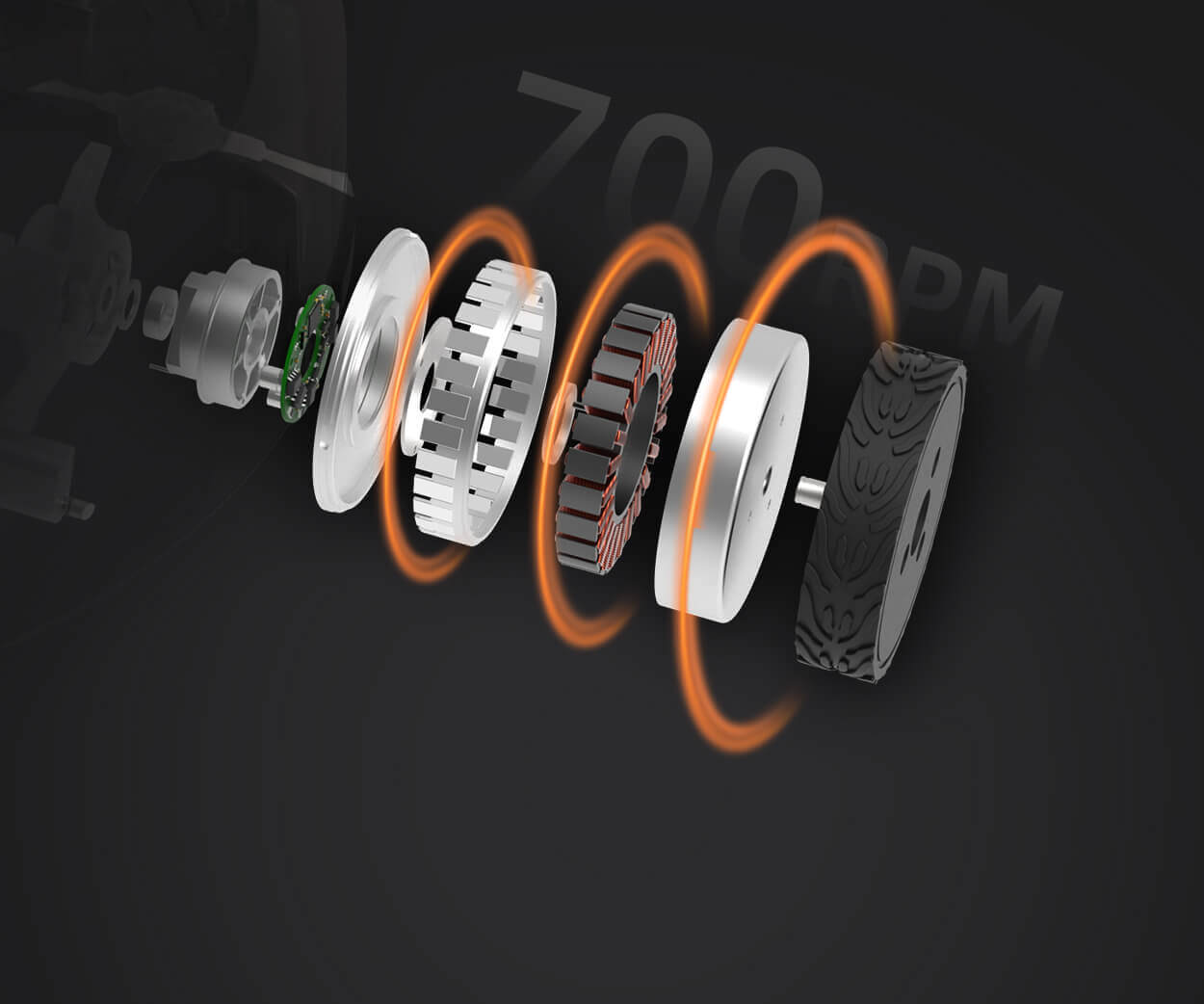Ever been in the middle of building a robot, a drone, or some kind of automated system, and suddenly hit a wall because your servo motor just isn’t responsive enough? That feeling of frustration when you’re trying to get those precise movements without the jitter or lag? It’s like trying to steer a boat with a broken rudder—you're missing control, and everything feels off.

Here’s where coding comes into play—specifically, writing smart, efficient code for servo motors. You might think it’s just about telling the motor to turn left or right, but there's a lot more under the hood. Calibration, speed regulation, position feedback—these details make all the difference between a clunky machine and a sleek, responsive device. Imagine tuning the code so that your servo moves smoothly to a target angle as if it has a mind of its own, without overshooting or stuttering. That’s the power of good coding.
KPOWER’s dedicated servo motor control kits make this process so much easier. They allow you to connect your hardware and start customizing with simple commands, but the real magic is in how you optimize that code. Do you want rapid, high-torque adjustments for a robotic arm? Or gentle, precise movements for a camera gimbal? The options are flexible, and the coding is straightforward enough to let you experiment without getting bogged down.
A common question is, "How do I make my servo more responsive?" It’s a mix of hardware quality and smart programming. You need a control loop—like PID—that keeps your motor heading exactly where you want it to be. Cranking up the responsiveness without causing oscillations or vibrations is tricky, but with the right code, it becomes manageable. Sometimes, small tweaks in timing or using a filter can transform unstable movements into perfectly smooth motion.
And don’t worry, it’s not all a mystery. There are plenty of tutorials, sample codes, and troubleshooting guides that can turn what seems complex into a daily routine. It’s almost like learning how to ride a bike—you fall a few times, but once you get it, you’re controlling every pedal stroke with confidence.
Does it matter which programming language you use? Not really—most control setups work well with C++, Python, or even Arduino IDE. It’s more about how you structure your code, think about feedback loops, and test different adjustments. Sometimes just moving a few lines of code can dramatically improve performance. Ever played with variable speeds or acceleration curves? It’s surprisingly satisfying to see your servo react just the way you envisioned.
When you get into coding for servo motors, it’s all about patience and curiosity. Play around with different parameters, get a feel for how the motor responds, and watch that critical tick-tock of precision fall into place. It’s like coding to choreograph a dance—every small change impacts the whole performance. And when it all comes together, you realize it’s almost addictive. Mastering servo control means you’re not just making things move—you’re making them move beautifully, exactly how you want.
Established in 2005, Kpower has been dedicated to a professional compact motion unit manufacturer, headquartered in Dongguan, Guangdong Province, China. Leveraging innovations in modular drive technology, Kpower integrates high-performance motors, precision reducers, and multi-protocol control systems to provide efficient and customized smart drive system solutions. Kpower has delivered professional drive system solutions to over 500 enterprise clients globally with products covering various fields such as Smart Home Systems, Automatic Electronics, Robotics, Precision Agriculture, Drones, and Industrial Automation.




































